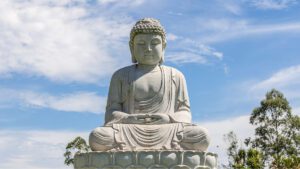Chinese New Year (春节 / Chūn Jié): History, Traditions, & Celebrations
Chinese New Year, known as Chūn Jié (春节) or the Spring Festival, is the most significant traditional holiday in China and among Chinese communities worldwide. Celebrated on the first day of the lunar calendar, it marks the beginning of a new year filled with hope, renewal, and cultural festivities.
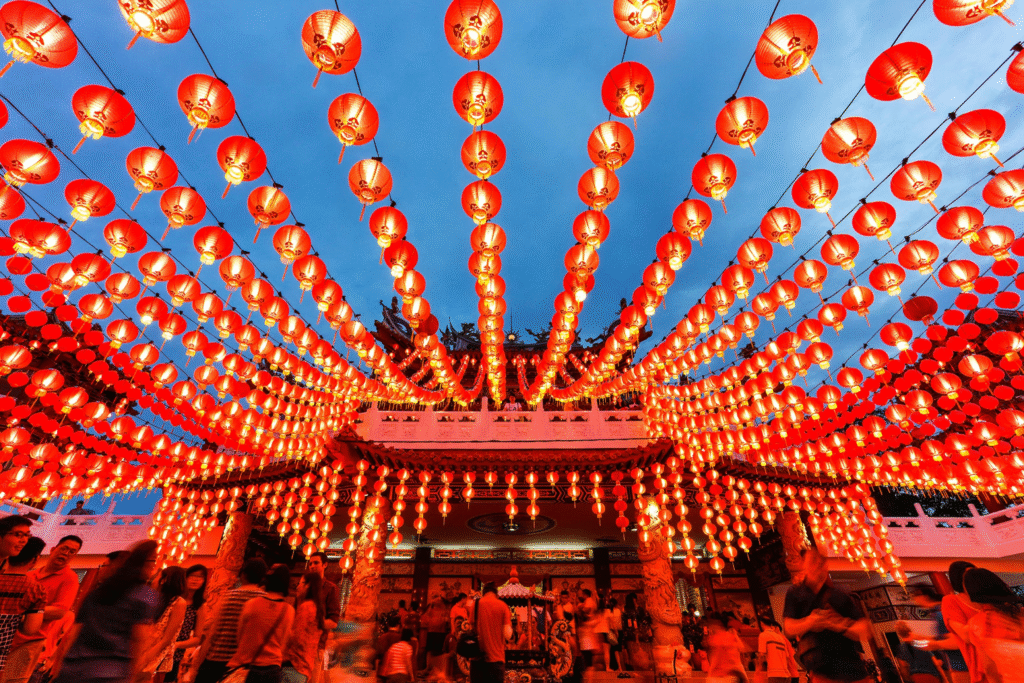
What Is Chinese New Year?
Chinese New Year is a multi-day celebration that ushers in the lunar new year, typically falling between late January and mid-February. The festival is deeply rooted in ancient customs, myths, and family traditions, reflecting the rich tapestry of Chinese culture.
Pre-Festival Preparations
Home Cleaning
Before the New Year, families engage in a thorough cleaning of their homes, a practice known as Sǎo Chén (扫尘). This ritual is believed to sweep away bad luck and make space for incoming good fortune. Cleaning during the festival is avoided to prevent sweeping away the newly arrived luck.
Decorations
Homes are adorned with red decorations, as red symbolizes good fortune and happiness. Common adornments include:
Red Lanterns: Symbolizing light and happiness.
Couplets (对联 / Duìlián): Pairs of poetic phrases or good wishes written on red paper and pasted on doors to invite good luck.
Paper Cuttings (窗花 / Chuānghuā): Intricate designs, often featuring animals, flowers, or auspicious words, placed on windows and doors.
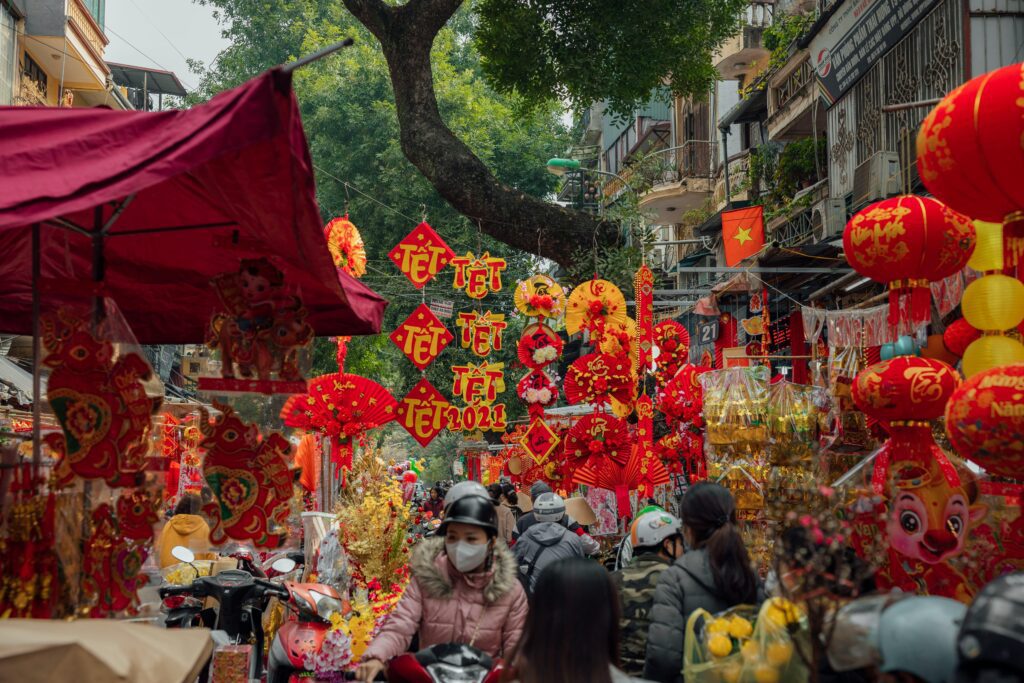
Traditional Foods
Food plays an essential role in the celebrations, with each dish symbolizing a wish for the coming year:
Dumplings (饺子 / Jiǎozi): Resembling ancient gold ingots, they symbolize wealth and prosperity.
Fish (鱼 / Yú): The word “yú” sounds like “surplus,” symbolizing abundance.
Nian Gao (年糕): A sticky rice cake, its name sounds like “higher year,” symbolizing growth and progress.
Tangyuan (汤圆): Sweet rice balls eaten during the Lantern Festival, symbolizing unity and family togetherness.
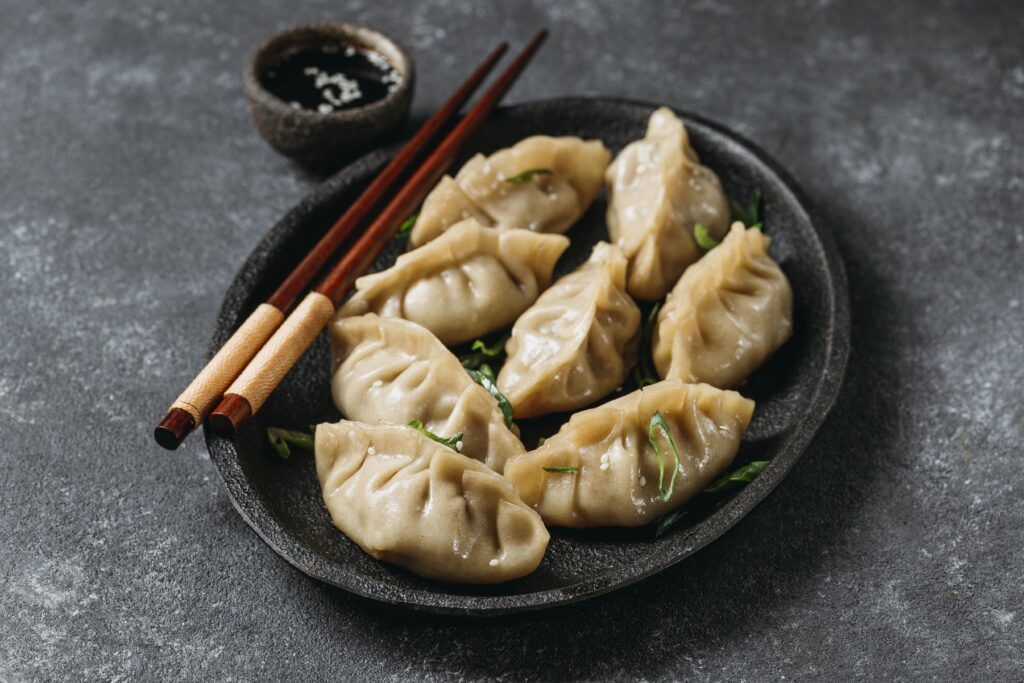
Red Envelopes (红包 / Hóngbāo)
Red envelopes filled with money are traditionally given to children and unmarried adults as a symbol of good fortune. The red color of the envelope symbolizes good luck and wards off evil spirits. The amount of money is typically an even number, as odd numbers are associated with funerals. However, the number 9 is an exception, as it sounds like “久” (jiǔ), meaning “long-lasting,” symbolizing longevity.
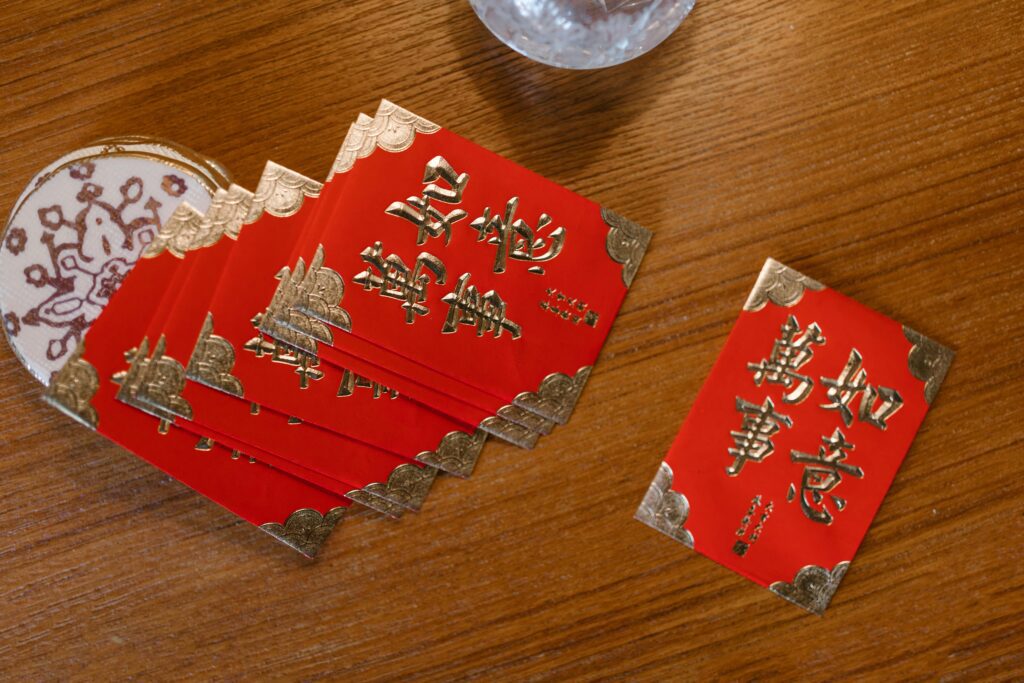
Cultural Performances
Dragon and Lion Dances
These traditional dances are performed during the festival to bring good luck and drive away evil spirits. The dragon symbolizes strength and good fortune, while the lion represents courage and power.
Fireworks
Setting off fireworks at midnight is a common practice, believed to drive away evil spirits and welcome the new year with a bang.
Lantern Festival (元宵节 / Yuánxiāo Jié)
Celebrated on the 15th day of the lunar new year, the Lantern Festival marks the end of the Chinese New Year celebrations. Activities include lighting colorful lanterns, enjoying a family reunion dinner, and eating tangyuan.
Q: Why is red considered a lucky color during Chinese New Year?
Q: What should I avoid doing during Chinese New Year?
Q: How can I wish someone a Happy New Year in Chinese?
Explore More
For a deeper understanding of Chinese culture and traditions, visit our Chinese Culture page.

